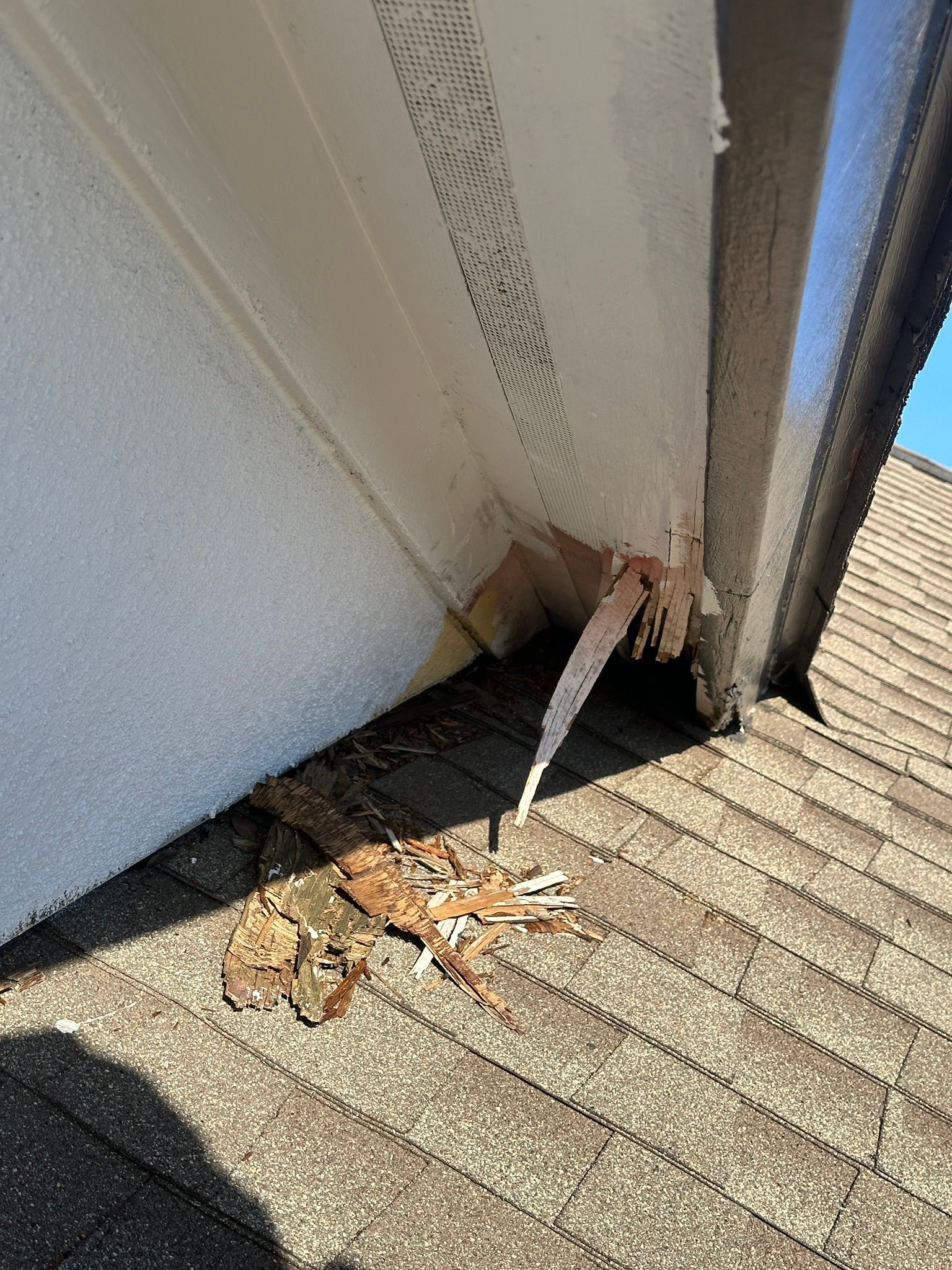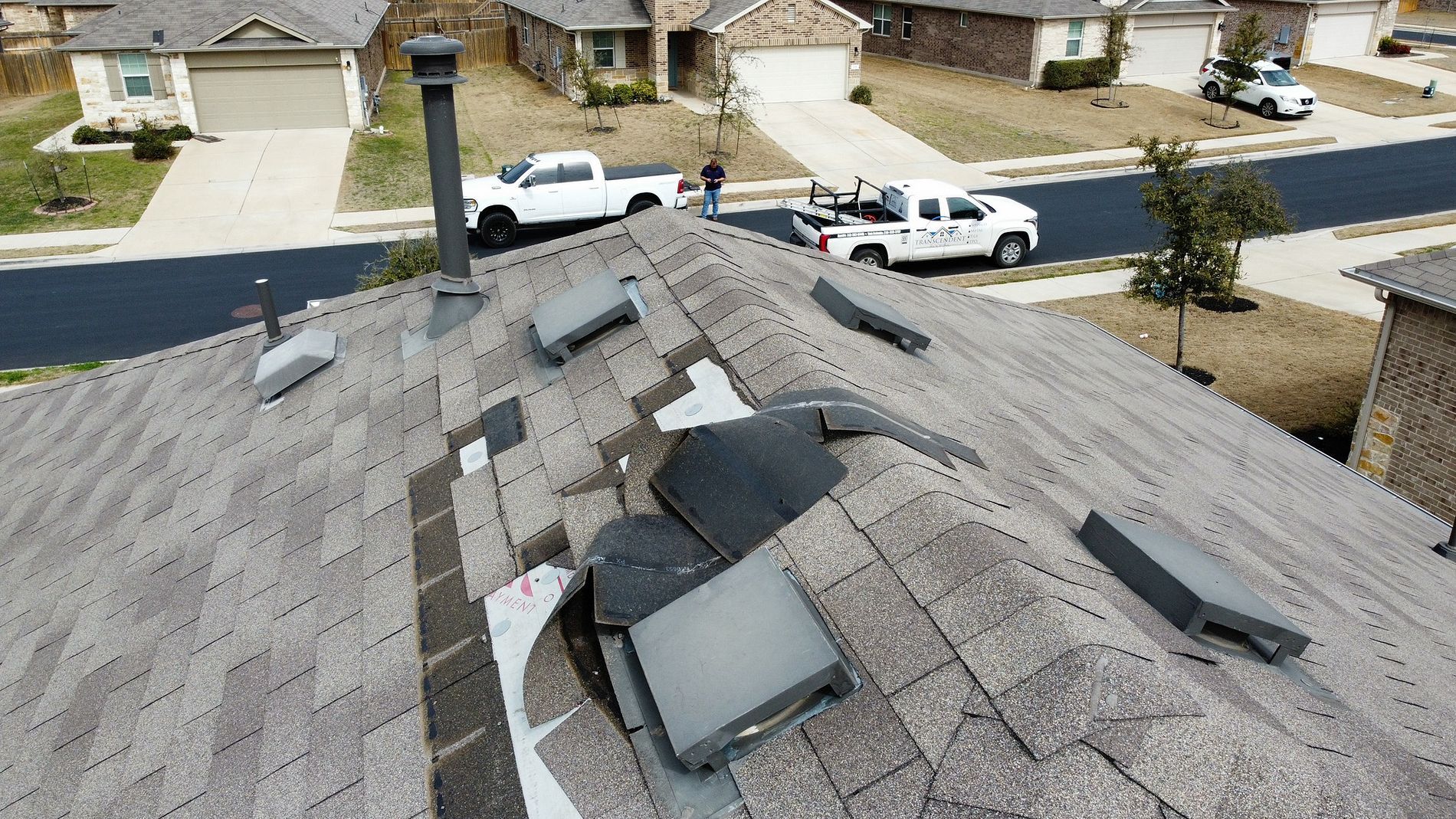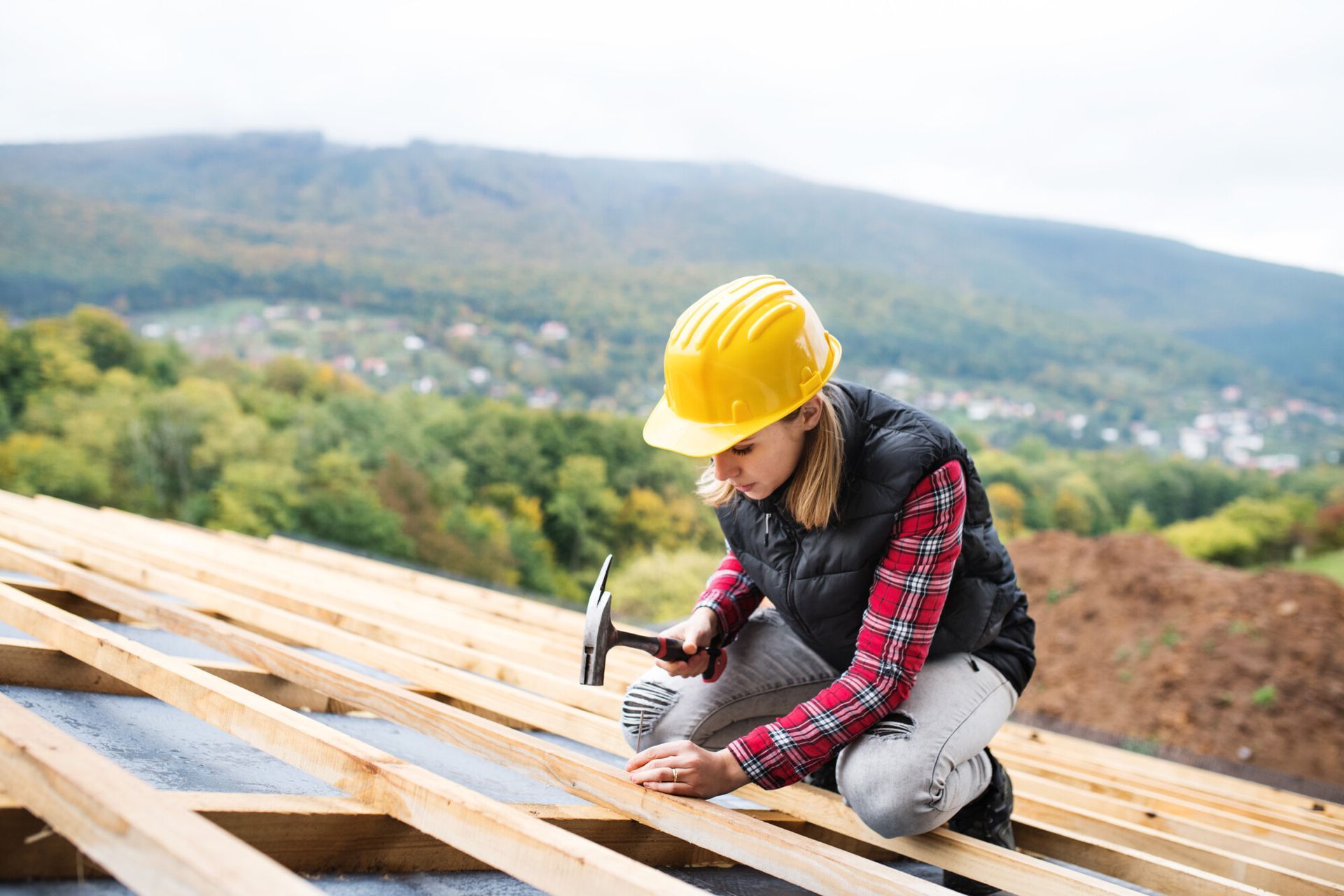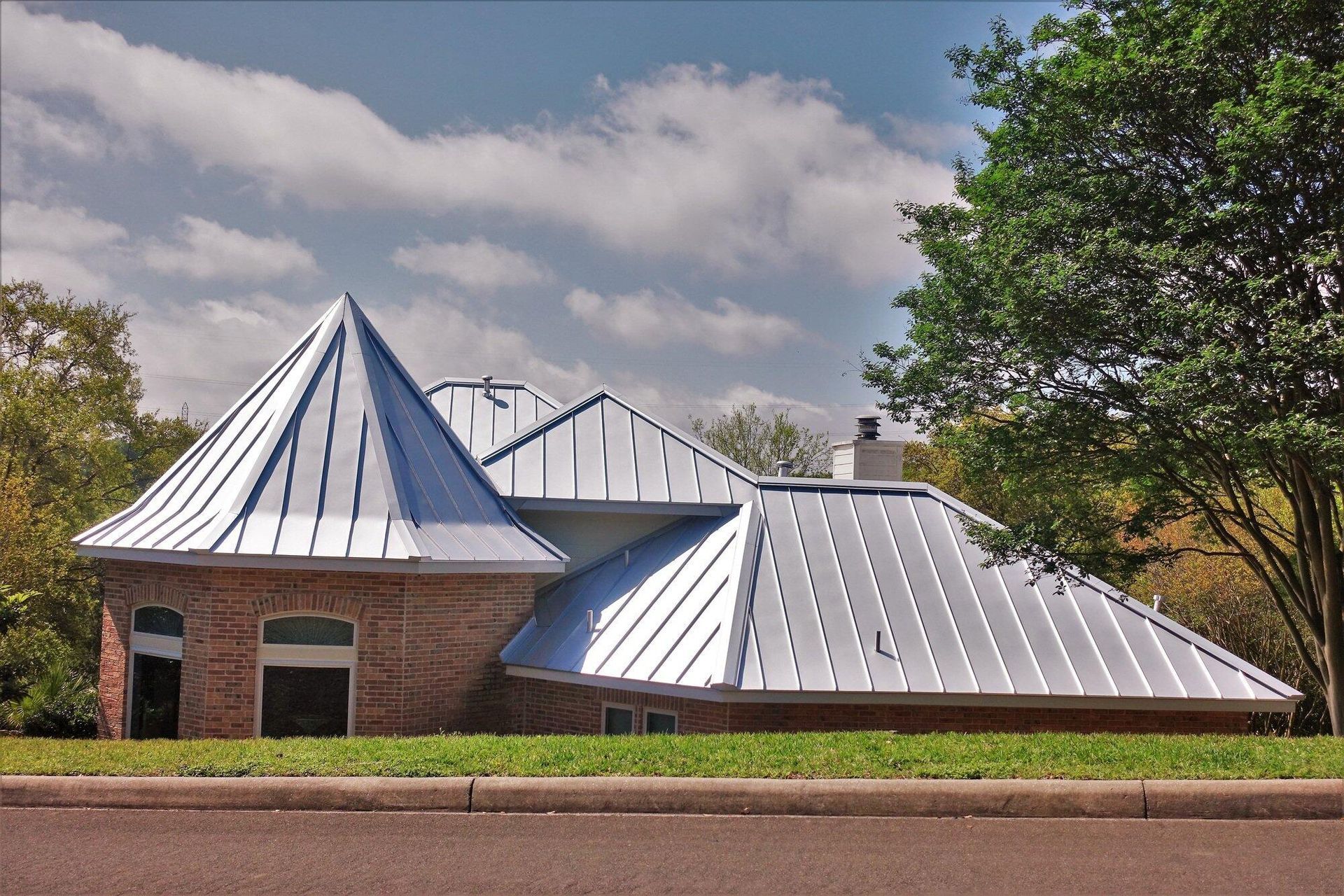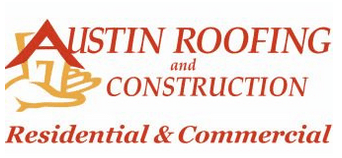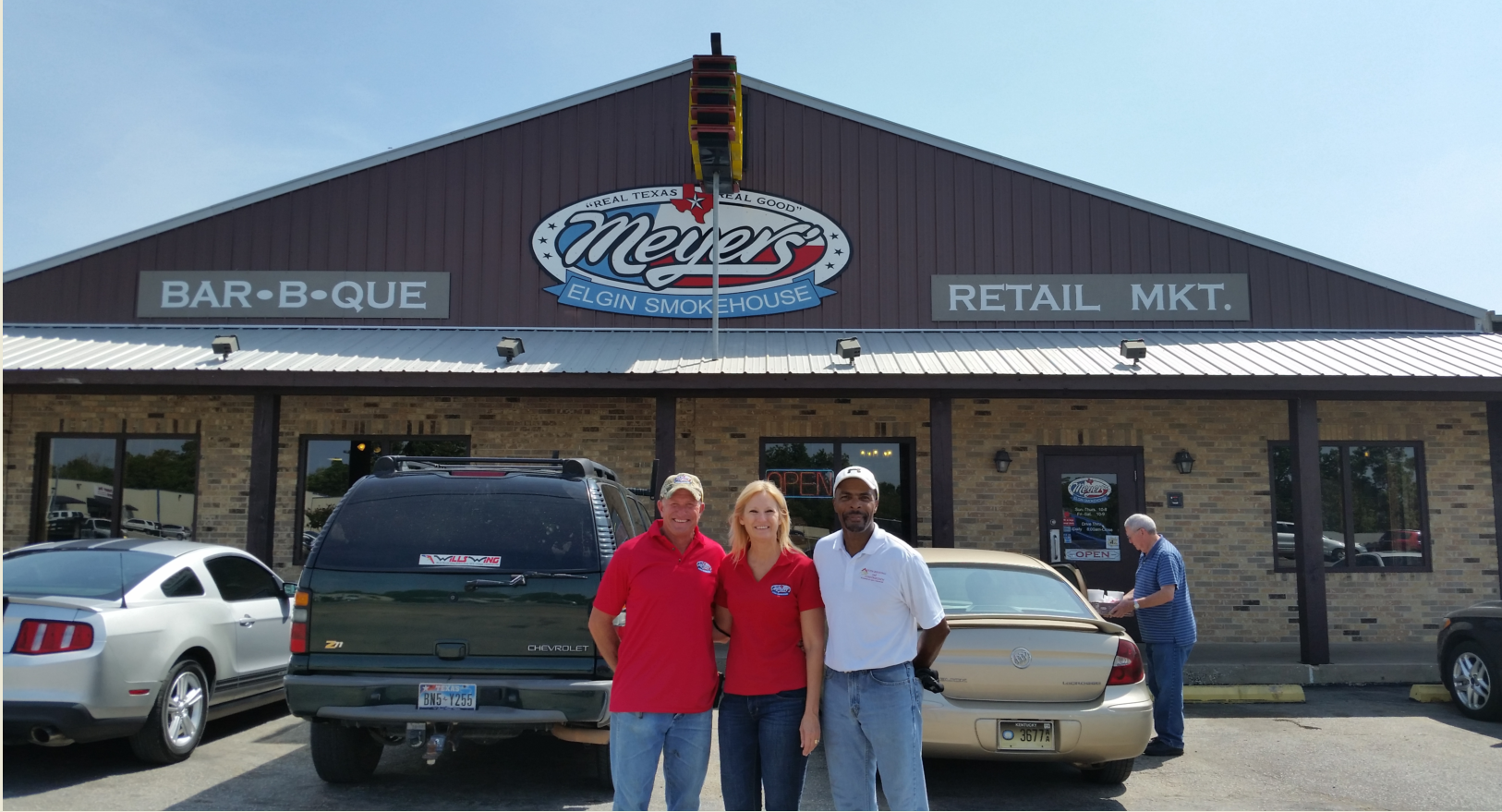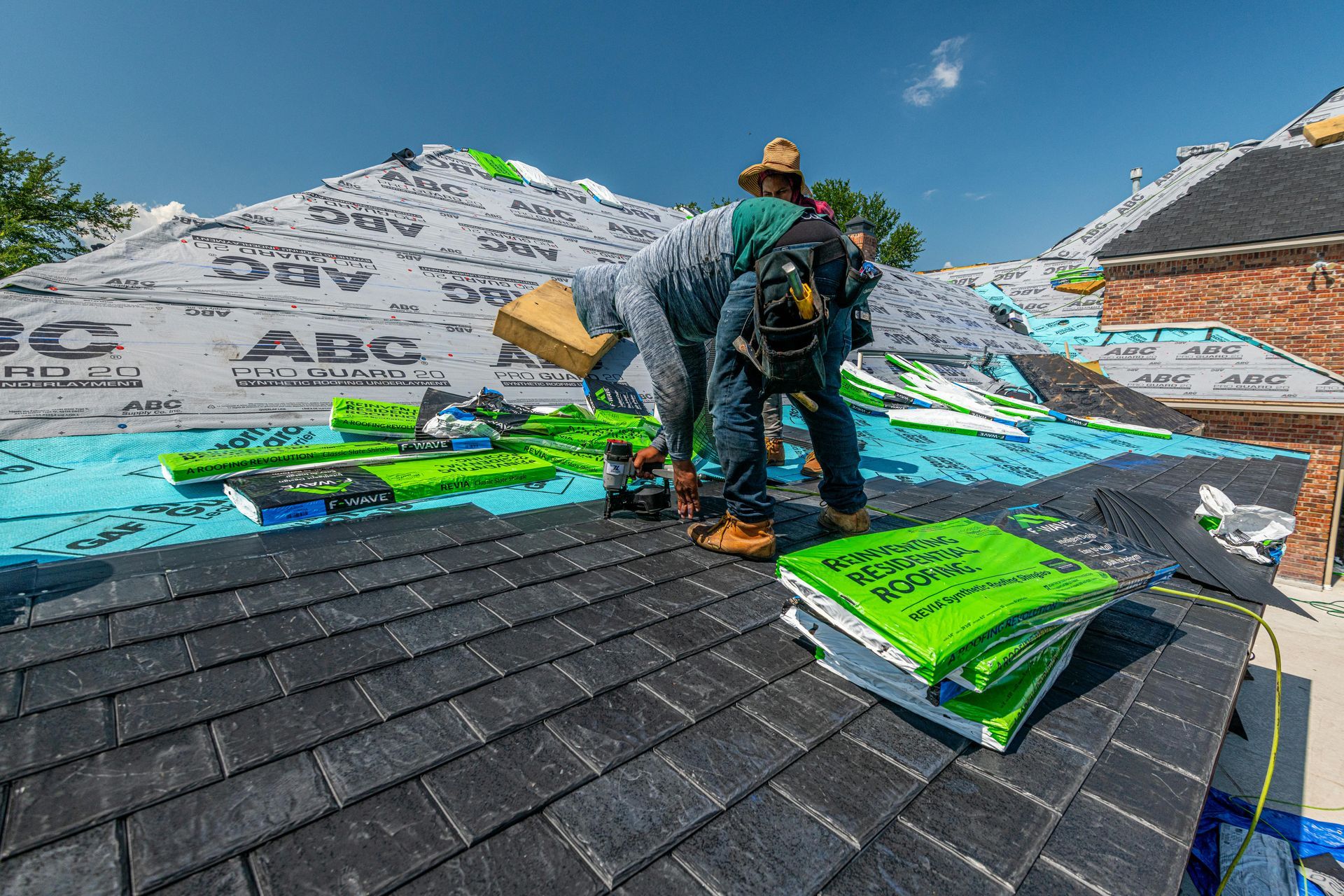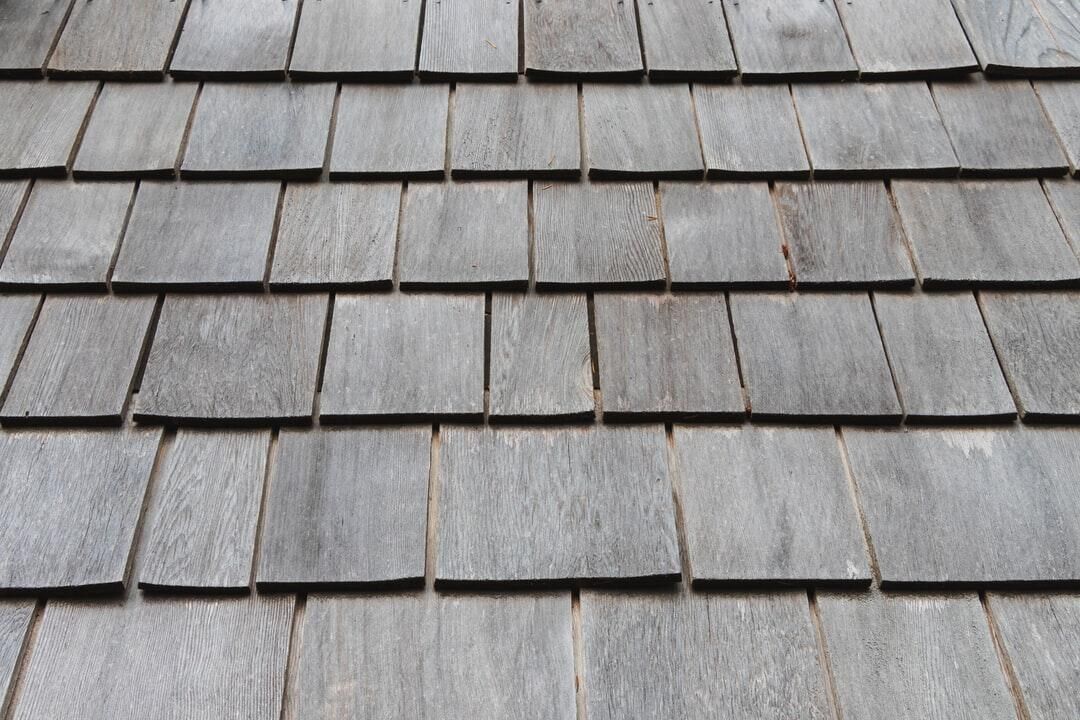Commercial Roof Types 2019
Roof Types & Roofing Materials for Commercial Properties
Maintaining Your Business Property
Did you know the cost of replacing a roof on a commercial roof is steadily climbing?
Roofing contractors in the U.S. are facing their fourth consecutive year of increased prices.
As a commercial building owner, considering your roofing options carefully assures you make a smart investment. After all, it’s probably going to be a pretty big one (investment). An easy way to start is by getting to know the most commonly used commercial roof types.
Use these key points to determine what makes the most sense for your building and budget.
Keep reading to find out all you need to know about commercial roofing types!
1. Flat Roofs
Flat roofs are considered one of the most popular options for a commercial building. In fact, if you look around your city or town, this is probably going to be the most common type you see.
Advantages of Flat Roofs One of the biggest advantages of flat roofs for commercial buildings is how affordable they are. That’s mainly due to no steep or pitched elements having to be added. Also, this type of roof requires much less material, because there isn’t as much square footage to cover.
Another advantage of flat roofs is the fact that they are faster to install. This also leads to cost savings.
There are several types of materials that can be used for a flat roof. Some of the most common include:
· TPO
· PVC
· Metal
· Modified Bitumen
In addition to the material options, you will also find there are several color choices to choose from. While this is true, the majority of building owners opt for white as it helps to reduce interior heat thanks to its reflective properties.
Note: You have the option as well to install insulation board under the membrane which will also increase the energy efficiency of the building. For every 1” of insulation board, you add you increase the R-Value of the roof by 5 or more. The energy savings will not only save you on your utility bill but will also help to decrease the carbon footprint of the building.
Flat roofs also make drain cleaning and maintenance much easier. It allows those working on the roof, maintaining equipment or making repairs to be safer, with no large risk of losing their footing.
Disadvantages of Flat Roofs
The biggest disadvantage of a flat roof relates to drainage. Over time, standing water can begin to degrade the roofing materials causing them to prematurely fail.
As the materials start to breakdown, water damage can appear inside the building.
2. Low-Sloped Roofs
A low-sloped roof is a common option for apartment buildings, warehouses, factories, and other types of industrial buildings. While they may appear flat at first, this type of roof has a slight pitch.
Advantages of Low-Sloped Roofs
The pitch of a low-sloped roof allows for improved water runoff, compared to a flat roof. The design of the roof directs the water to where it needs to go, such as the drains, saddles, or valleys. The roof area is less than with a high-pitched roof, which reduces the materials necessary.
Additionally, similar to flat roofs, a low-sloped roof provides safer and easier conditions if repairs are needed, versus a high-pitched roof or a steep slope roof.
There are several types of materials used for a low-slope roof. Some of the most common include:
· TPO
· PVC
· Metal
· Shingle
Note: You have the option as well to install insulation board under the membrane which will also increase the energy efficiency of the building. For every 1” of insulation board you add you increase the R-Value of the roof by 5 or more.
The energy savings will not only save you on your utility bill but will also help to decrease the carbon footprint of the building.
Disadvantages of Low-Sloped Roofs
With low
sloped roofs, the build-up of debris is common and should be swept or
washed away a few times a year. Due to the possibility of problems, it’s
crucial to ensure that building codes for your area are followed
precisely. Failure to do this can result in fines, as well as serious
damage.
3. Commercial Pitched Roofs
While a pitched roof is something more commonly seen on a residential home, than a commercial building, they are still used from time to time.
Advantages of Commercial Pitched Roofs
The primary positive aspect of a pitched roof is that it looks great. The increased slope is going to provide better runoff for water. The steeper the roof structure, the easier it will be for liquid and other debris to roll off.
In the long-run, this means there is less risk for the buildup of water, which could mean a lower chance of mold and mildew. Overall, having a steep-sloped roof may help to reduce the amount of maintenance and repair costs compared to a roof that is flatter.
Disadvantages of Commercial Pitched Roofs
Unfortunately, due to the steeper incline of a pitched roof, it is much more difficult to make needed repairs or provide necessary maintenance. There is a need for increased safety, and the ability to transfer materials is much more challenging.
Consider Your Warranties
As you can see, there are several commercial roof types to choose from. It’s important to review the pros and cons of each one to ensure that you get the option that best suits your needs and your budget.
Flat Roof NDL Warranties can be up to 25 Years! Warranties for Pitched Roof Shingles can be up to 50 Years!
If you are ready to have your commercial roof inspected, or if you need a new roof installed, contact us today. Our team is dedicated to World Class Customer Service.
Austin Roofing and Construction - WE ARE - Local People Helping Local People


